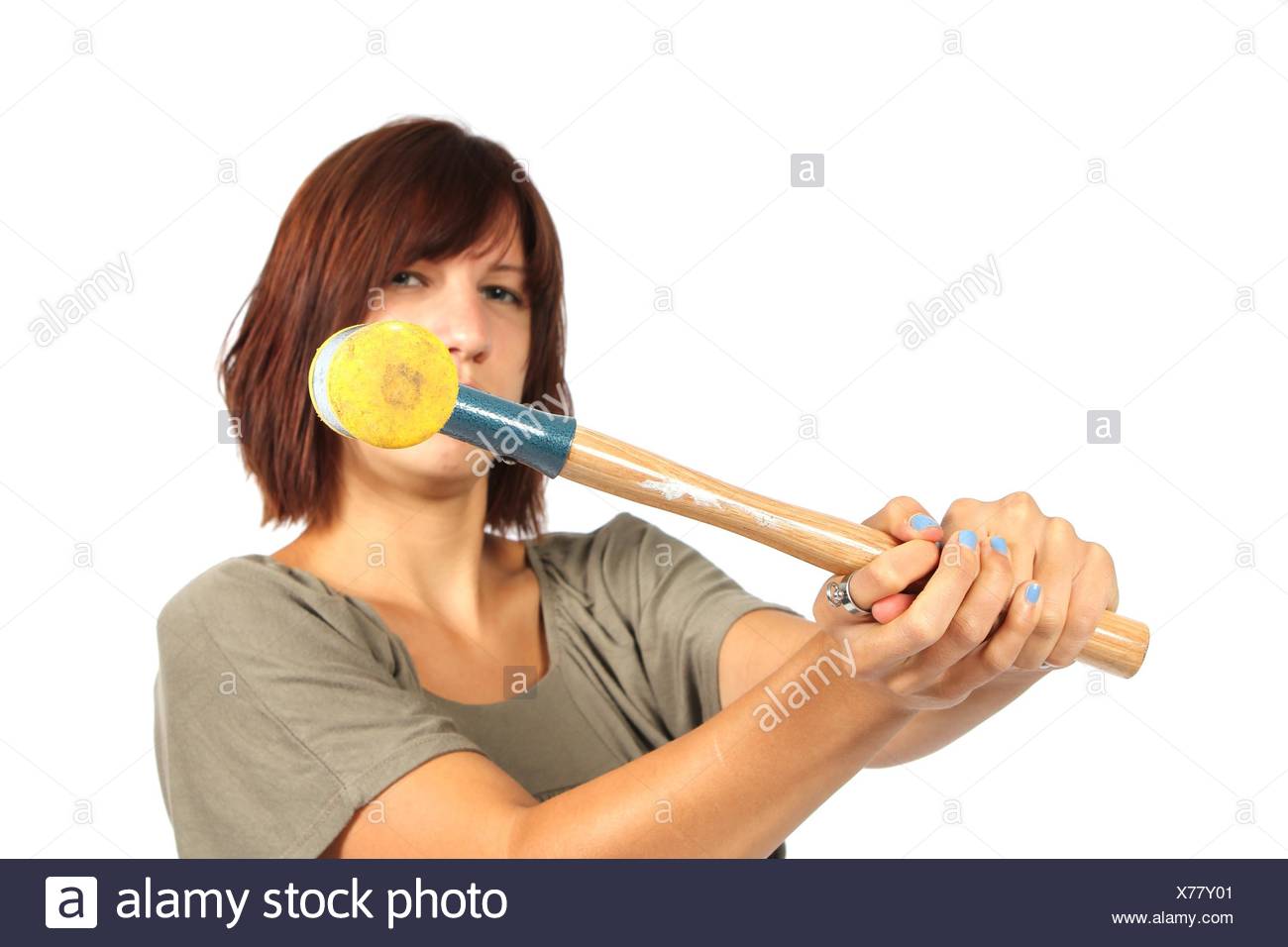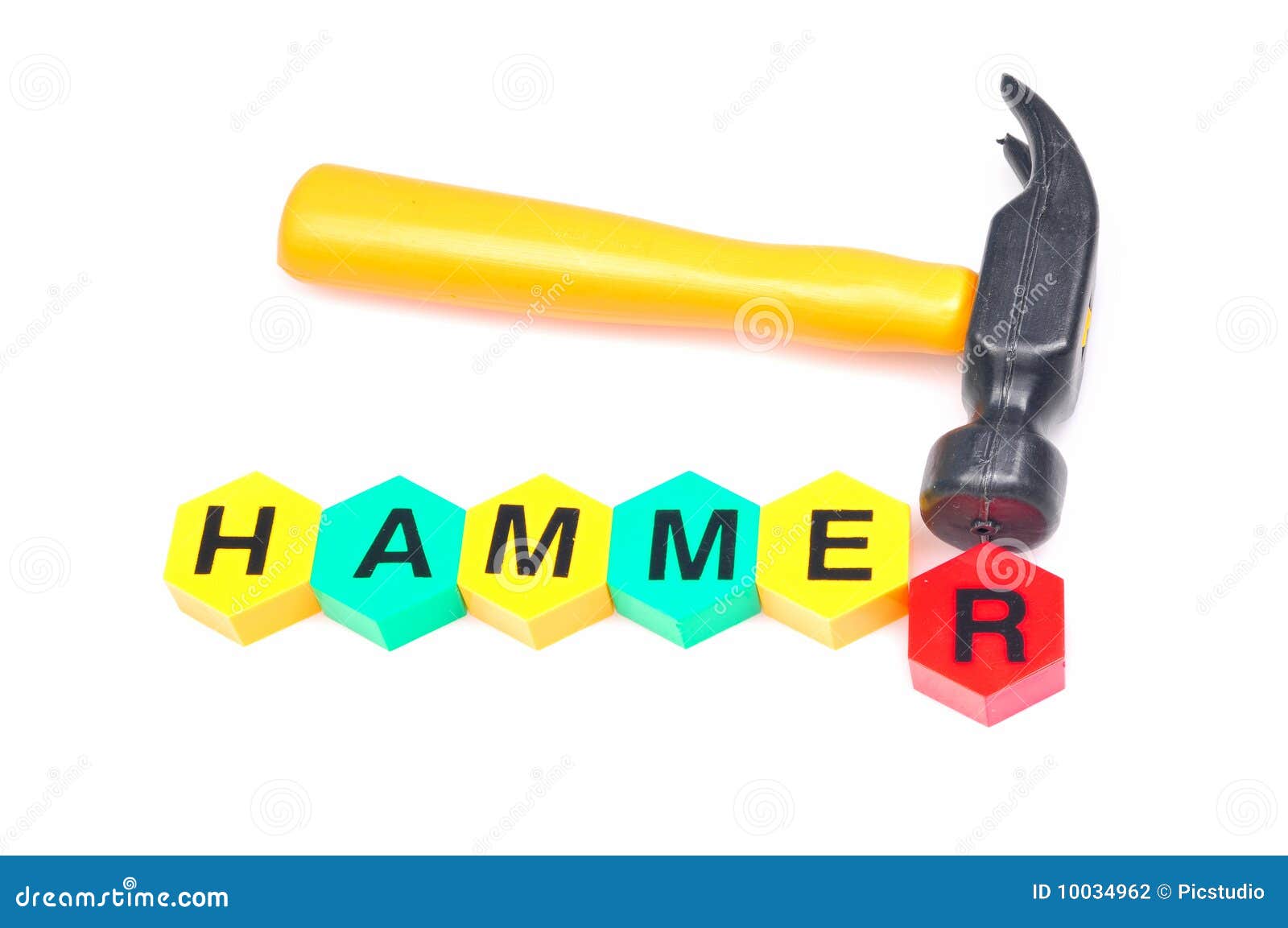

Lighter on the wallet than any comparable balance bike, the AIRO is superior on every meaningful measure. Undertake management on a long rotation.Weighing just 2.95kg starting your little one out on their cycling journey is easier for them than ever before! Thanks to the AIRO’s incredibly lightweight, ultra-hard-wearing magnesium alloy frame they can effortlessly propel themselves along. Avoid laying or coppicing all hedges in the same year.Management such as laying or coppicing can restore a dense structure at the base of a hedge. Avoid trimming all hedges in the same year. Trim hedgerows only once every two to three years.Yellowhammers nest well into August, and later nests tend to be the most successful, so delaying cutting until at least 1 September is particularly important for them. All hedge, ditch and field margin management should be avoided between 1 March and 31 August because of nesting birds.Yellowhammers favour hedgerows less than two metres tall. Provide hedgerows of differing sizes around the farm.Select margins which have short thick hedges and ditches. Avoid cutting all margins in the same year. Graze or cut in September every two to three years. Fence off margins of up to six metres around improved grassland and leave these unfertilised, uncut and ungrazed.Maize is not of value to yellowhammers unless it is undersown with a seed-bearing crop. Introduce arable fodder crops or small plots of wild bird cover to provide a seed-rich habitat in pastoral areas.This enables beneficial insects and chick food for yellowhammers to survive. Avoid spraying the outer six metres of cereal fields with insecticides or herbicides targeted at broad-leaved weeds. Adopt conservation headlands to boost insect abundance in the crop margin.Yellowhammers are more likely to use margins which have a short, thick hedge and an adjacent ditch. If you can maintain flower-rich margins, then this will be better for wildlife. Create grass margins around arable fields to increase food and nesting habitat for yellowhammers.Linseed or a brassica, such as rape or mustard, will broaden the benefits for finches and other seed-eating birds. An annual crop established each spring with a high proportion of spring cereals (wheat, barley and/or triticale) in the seed mix will be best for yellowhammers and other buntings. Where overwinter stubbles are not a viable option, create seed-rich wild bird cover crops (or wild bird seed mixtures). Provide important winter feeding habitat by spraying and cultivating stubbles as late as possible.Flower-rich margins provide a greater diversity and abundance of insects for yellowhammers and other farmland birds. Wide margins around arable fields provide many insects as well as nesting habitat. Adults also feed on insects in the breeding season. Yellowhammer chicks depend largely on insects for food. Insects and spiders in the spring and summer Yellowhammers rarely use improved pastures and grass leys, as these do not provide any seed food. They seek places where they can find lots of seed food, such as winter stubbles, root crops, wild bird cover, weeds in the crop margin, areas where grain is spilt or where cereals are fed to cattle. They often breed until the end of August, so cutting hedges before the end of August can destroy nests.Īdults feed mainly on seeds throughout the year, especially cereal grain. They are most commonly found in hedgerows which have a wide margin or ditch.

Yellowhammers nest on or close to the ground in ditch vegetation or at the base of short, thick hedgerows and scrub. Thick hedges with ditches or wide margins for nesting


 0 kommentar(er)
0 kommentar(er)
